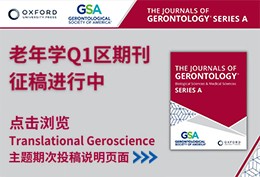当前位置:
X-MOL 学术
›
Environ. Sci. Technol.
›
论文详情
Our official English website, www.x-mol.net, welcomes your
feedback! (Note: you will need to create a separate account there.)
Oxidative uranium release from anoxic sediments under diffusion-limited conditions
Environmental Science & Technology ( IF 11.3 ) Pub Date : 2017-09-06 00:00:00 , DOI: 10.1021/acs.est.7b02241 Sharon E. Bone 1 , Melanie R. Cahill 2 , Morris E. Jones 2 , Scott Fendorf 2 , James Davis 3 , Kenneth H. Williams 4 , John R. Bargar 1
Environmental Science & Technology ( IF 11.3 ) Pub Date : 2017-09-06 00:00:00 , DOI: 10.1021/acs.est.7b02241 Sharon E. Bone 1 , Melanie R. Cahill 2 , Morris E. Jones 2 , Scott Fendorf 2 , James Davis 3 , Kenneth H. Williams 4 , John R. Bargar 1
Affiliation
Uranium (U) contamination occurs as a result of mining and ore processing; often in alluvial aquifers that contain organic-rich, reduced sediments that accumulate tetravalent U, U(IV). Uranium(IV) is sparingly soluble, but may be mobilized upon exposure to nitrate (NO3-) and oxygen (O2), which become elevated in groundwater due to seasonal fluctuations in the water table. The extent to which oxidative U mobilization can occur depends upon the transport properties of the sediments, the rate of U(IV) oxidation, and the availability of inorganic reductants and organic electron donors that consume oxidants. We investigated the processes governing U release upon exposure of reduced sediments to artificial groundwater containing O2 or NO3- under diffusion-limited conditions. Little U was mobilized during the 85-day reaction, despite rapid diffusion of groundwater within the sediments and the presence of non-uraninite U(IV) species. The production of ferrous iron and sulfide in conjunction with rapid oxidant consumption suggested that the sediments harbored large concentrations of bioavailable organic carbon that fueled anaerobic microbial respiration and stabilized U(IV). Our results suggest that seasonal influxes of O2 and NO3- may cause only localized mobilization of U without leading to export of U from the reducing sediments when ample organic carbon is present.
更新日期:2017-09-07














 京公网安备 11010802027423号
京公网安备 11010802027423号